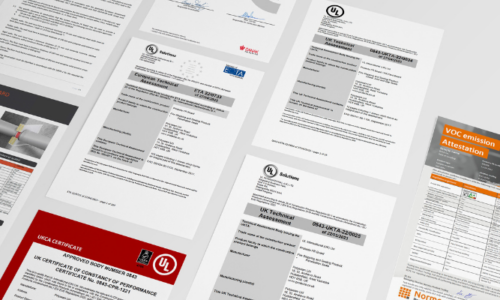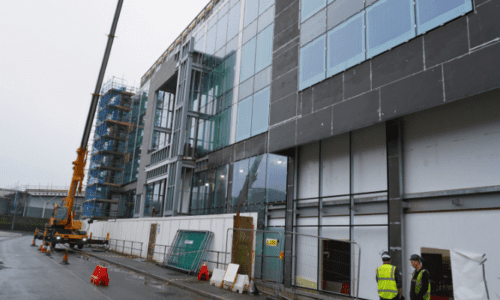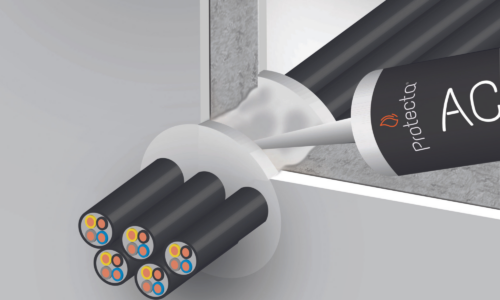Navigating the Building Safety Act: A New Dawn for the Passive Fire-Stopping Industry
Understanding the Building Safety Act:
Enacted with the goal of enhancing building safety in the aftermath of high-profile incidents, the Building Safety Act is a comprehensive piece of legislation designed to prioritise the well-being of occupants and the resilience of structures. Its multifaceted approach encompasses a wide array of building safety aspects, from design and construction to occupation and ongoing maintenance.
Key Implications for the Passive Fire-Stopping Industry:
Elevated Standards and Regulations: The Building Safety Act brings forth a heightened emphasis on standards and regulations, particularly in the realm of passive fire protection. The legislation aims to set stringent criteria for fire safety measures, and passive fire-stopping plays a pivotal role in meeting these elevated standards. Manufacturers like Polyseam, installers, and inspectors will need to adhere to more robust guidelines to ensure compliance.

Accountability and Responsibility: A notable shift in the Act is the increased accountability and responsibility assigned to various stakeholders throughout a building's lifecycle. This includes those involved in passive fire-stopping processes. Clear lines of responsibility for design, installation, and ongoing maintenance are delineated, emphasising the need for a coordinated and accountable approach in the passive fire protection sector.
Training and Certification: With a focus on competency and expertise, the Act encourages training and certification programs within the passive fire-stopping industry. Protecta provides a training programmes to all customers to ensure they fully understand how to design and install products that are fit for purpose. We encourage everyone involved in the design, installation, and inspection of passive fire protection systems to undergo our training programme, ensuring they possess the necessary skills and knowledge to meet the Act's requirements.
The Building Safety Act represents a paradigm shift in the approach to building safety, and its implications for the passive fire-stopping industry are profound. As the sector adapts to these changes, it is essential for stakeholders to stay informed, embrace elevated standards, and collaborate to ensure that passive fire protection measures are robust, effective, and aligned with the overarching goal of enhancing building safety.
The Act not only introduces new challenges but also provides an opportunity for the passive fire-stopping industry to play a vital role in creating safer and more resilient structures for the future. The team here at Protecta has built responsibility and accountability into every step of its process to ensure the highest standards are met and maintained.



